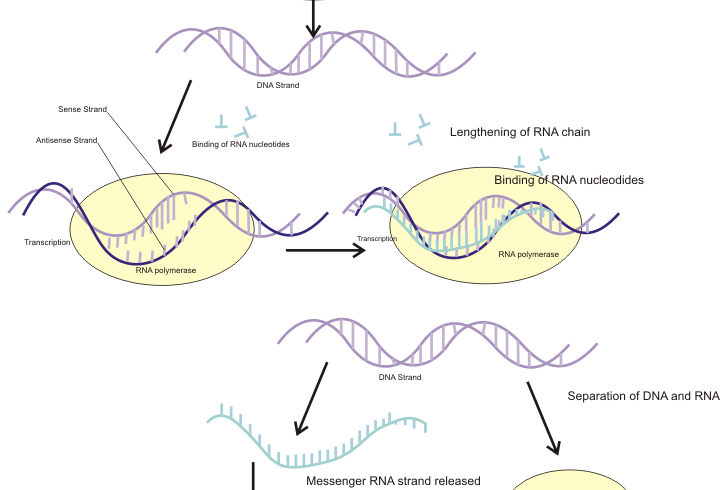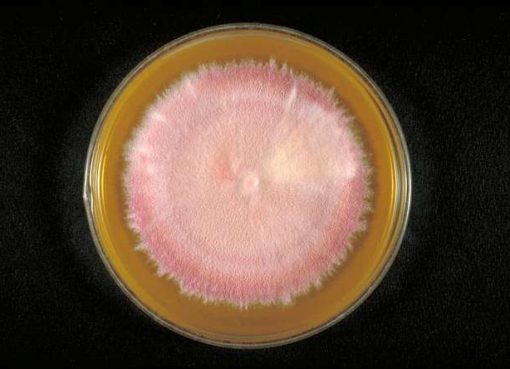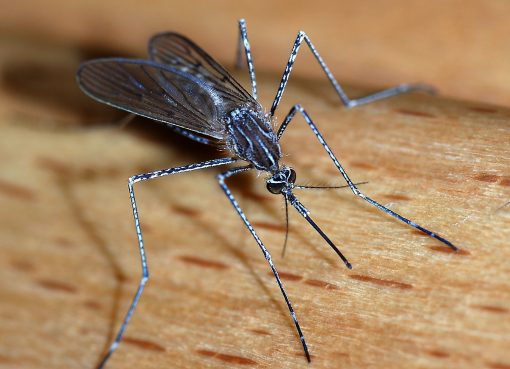Novel computational tool to design mRNA with more stability and immunogenicity
Development of mRNA vaccines by different companies to fight COVID-19 has given scope to the scientific community to develop mRNA vaccines against other infectious diseases. Besides generation of vaccines, mRNAs have application in antibody therapy, gene therapy, personalized medicine and many others. However, the poor thermodynamic stability of RNA remains to be the major hurdle in downstream therapeutic or prophylactic applications. Hence to address this issue, Zhang and colleagues have developed a robust and strong algorithm named as ‘LinearDesign’. This algorithm can optimize the mRNA codons for amino acids so that the protein expression and thermodynamic stability of mRNA increases simultaneously. Although, there are tools for codon optimization as well as for increasing the stability of RNA, none of the tools takes account of both the parameters simultaneously. As an experimental model, spike protein stable mRNA of SARS-CoV-2 was predicted with LinearDesign and it was observed that the task was completed within 11 minutes and protein expression was higher as well as in vivo trial revealed that it could produce more antibody titre than other mRNA vaccines. The development of LinearDesign has opened up a wider scope for utilization of mRNA in different applied fileds of biology.
Sources:
- Zhang, et al. (2023). https://doi.org/10.1038/s41586-023-06127-z
- https://www.nature.com/articles/d41586-023-01745-z
Super-resolution imaging technology to see nanoparticles
Nanoparticles are nano-scaled particles that are observed under the electron microscope. However, electron microscopy fails to provide excellent 3D-images and as an alternative, optical microscopy serves the purpose, but it provides relatively low spatial resolution. Sheath and colleagues have recently developed a 3D imaging technology that can exhibit electron microscopy-like spatial resolution. By this technique, the interactions of nanoparticles with cellular components can be observed. In this technique, Sheath and colleagues have utilized the light scattering properties of the nanoparticles to view intracellular nanoparticles with ultrastructural context. The imaging method is quantitative and label-free. The super-resolution imaging technique can be used to track and monitor nanoparticles inside the cells which helps in designing safer and effective nanomedicines.
Sources:
- Sheath et al., (2023). ACS Nano, 17: 8376. https://doi.org/10.1021/acsnano.2c12808
- https://www.sciencedaily.com/releases/2023/05/230509122013.htm
Chicken egg sexing by smelling
The poultry industry plays a significant role in the World’s economy. Fertilized egg sexing is very crucial for the poultry industry, specifically in the layer industry. Annually, about seven billion day-old male chicks are culled in the layer industry. Successful sexing in the early period of incubation is economical as wastage of male eggs could be reduced by many times and instead of culling the male eggs, they could be humanely used for other purposes. There are technologies for sexing chicken eggs which depends on penetration of the egg shell for sampling or imaging through shell but the imaging technology is successful only in older stage embryos. Thus a non-invasive and early stage egg sexing methodology is required to reduce the wastage of eggs in layer industries. Borras and co-workers have recently developed a method to sex eggs by just using the volatile organic compounds (VOCs) released by the fertilized eggs. In this method, VOCs are collected from the eggs for two minutes during
8-10 days of incubation at 37.5 °C and the results are analysed by chromatography/mass spectrometry. The method could differentiate male and female eggs with more than 80% accuracy. Hence, the principle of this method could be used to develop chemical sensor-based microchips for rapid, cheap and on-farming testing in future.
Sources:
- Borras et al., (2023). PLoS ONE, 18: e0285726. https://doi.org/10.1371/journal.pone.0285726
- https://journals.plos.org/plosone/article?id=10.1371/journal.pone.0285726
Bacteria that can produce unnatural amino acids
There are twenty numbers of standard amino acids which are broadly classified into essential or essential amino acids. Besides these 20 standard amino acids, there are certain rare and non-standard amino acids which are found in unique conditions and have certain unique functions. Recently, Butler and colleagues have engineered a specialized bacterium of the species Escherichia coli that could produce an unnatural amino acid, viz., para-nitro-L-phenylalanine (pN-Phe). The pN-Phe is neither observed in nature nor belongs to the 20 standard amino acids. Previous researchers have showed that addition of this amino acid to a particular protein helps to mount immune response against that protein in the host. Thus, this amino acid is anticipated to aid in the process of treating the diseases caused by rogue proteins. Moreover, the engineered bacteria will be a foundation platform for autonomous production of the nitrated proteins.
Sources:
- Butler et al., (2023). Nature Chemical Biology. https://doi.org/10.1038/s41589-023-01338-x
- https://phys.org/news/2023-05-bacteria-unnatural-amino-acid.html
Compiled by: Dr. Lukumoni Buragohain
Assistant Professor, Dept. of Animal Biotechnology
College of Veterinary Science, AAU
Khanapara, Guwahati-781022




